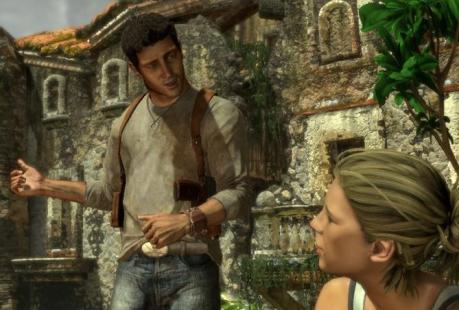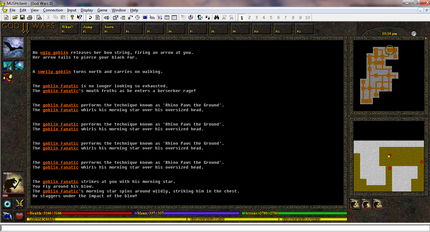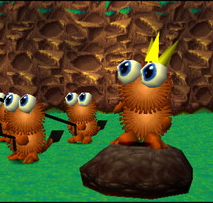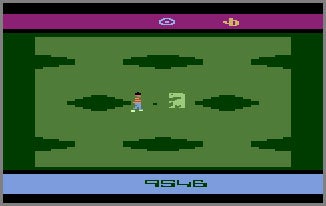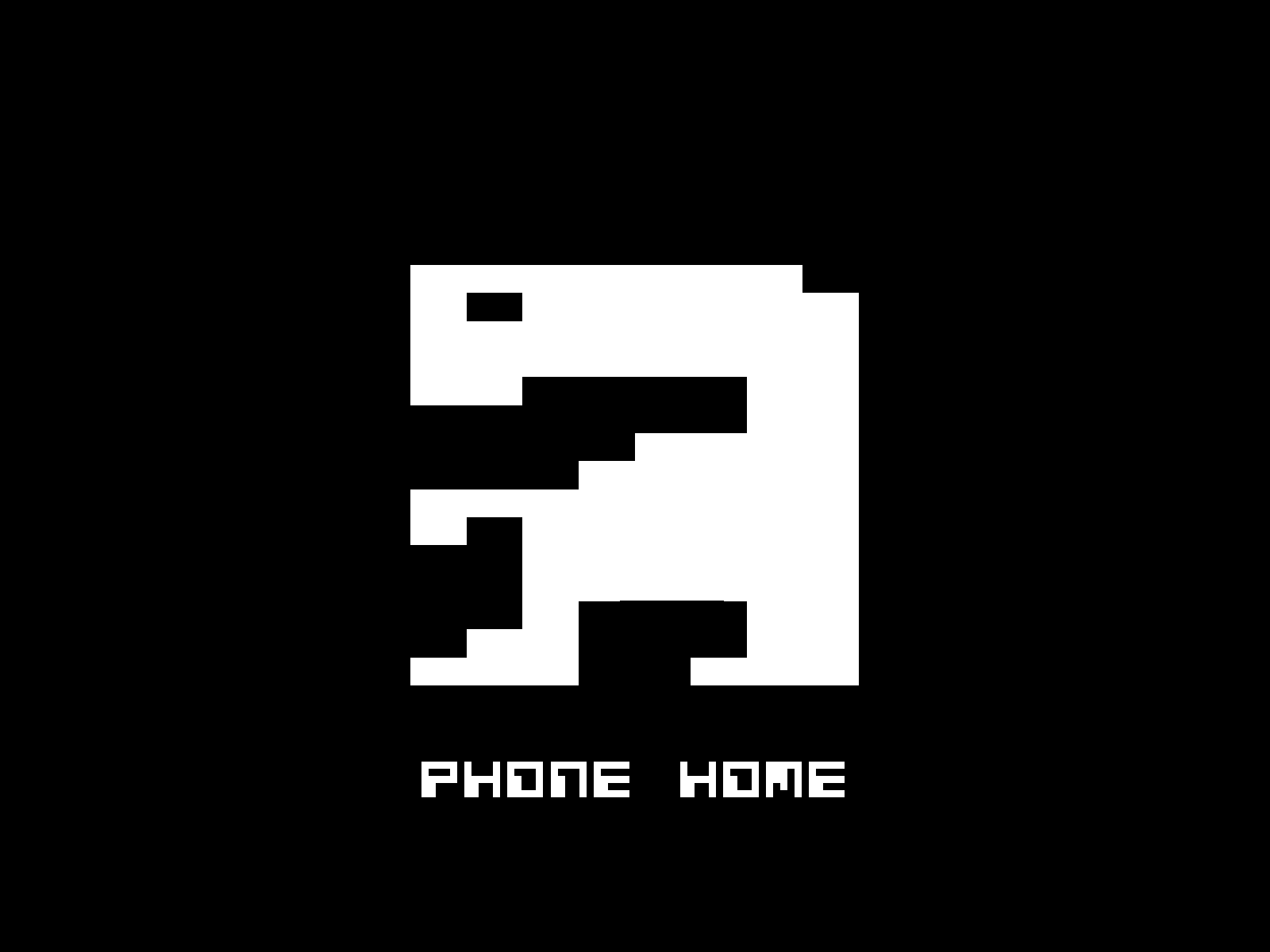Now for the fun part.
My last post was a mash up of how the graphics of
gaming has evolved over the years, and how different camera angles are used to
interpret 3D forms. Instead of banging on about Spyro again, I've decided to
look at games I've played over the last few years, and analyse the ever-changing developments within the industry which have helped evoke a sense of realism in games.
(I should probably start by saying I'm a big
Uncharted fan, so this is probably going to be 1000 words on why Naughty Dog
are awesome...oh well, onwards and upwards!)
As a 90s child, top-down perspective games played a
huge part in my childhood. Pokémon and SimCity all but to name a few. I was too
young to play GTA then, sadly. As much as I loved being outdoors, there's
something special about being stuck inside on a rainy day and being immersed in
a good game. However these years seem quite blurry so it's pointless writing
about something in which my knowledge may not be accurate. So onto the future!
The aesthetic quality of a game is something that’s
always interested me, if I play a game from my childhood years now, the graphics
are still just as impressive to me now as they were when I was five. The games I can
remember playing were very stylised – often fantasy like – and would’ve been
made to the best quality for the console and engine capability of the time (or
at least I’d hope.) I wouldn’t go as far as saying graphics are more important
than the storyline, but it’s a pretty big factor. The first thing that stands
out to me - and probably the majority of other people – when I see a trailer
for a new game is what it looks like. This tends to be the first thing noticed,
if I find it appealing, I tend to read up on the title to see if it’s something
I might like. Well, this is what I do as a student with limited funds anyway. I
used to just buy anything and everything that looked pretty.
One of my all time favourite game series would be
the Uncharted trilogy. As soon as I saw Drake’s Fortune advertised in 2007, I
knew it was going to be something special. Released as a PS3 exclusive (see ya
later Xbox), Naughty Dog really pushed the boat out with this game, and it was
noted as part of the European best selling titles. It was also the first game
released on the PS3 by Naughty Dog!
In order to recreate realistic animations and fluid
movements in-game, Naughty Dog used the Cell processor and the RSX Reality
Synthesiser to help the player see realism in the environment. As I mentioned,
Uncharted was also Naughty Dog’s first PS3 installment, this would’ve given the
company a chance to familiarise with the new technology. I’d still say this
game was definitely of much better standards than some being released in 2014.
The aesthetic quality coupled with the storyline means you can literally get
lost in the game, which is something that I imagine is quite difficult to
achieve. [1]
This cool image above shows the comparison of the graphics used within the Uncharted trilogy. The same engine was used for Drake's Fortune and Among Thieves, whereas Drake's Deception was a total revamp of the original. Ive also been reading an article on a similar topic, in which the writer said this about the above image:
"Now some of you may be hard-pressed to notice a big difference between Uncharted 2 and Uncharted 3, but upon closer inspection you can see a ton more detail, especially in Nathan Drake's skin. While he looked great in Uncharted 2, he looked sort of plastic-y. Everything has a shine to it and it's very smooth. No rough or course textures. Looking at Nathan Drake in Uncharted 3, you can see much more distinguished features. He's got wrinkles in his forehead; he's got a rough 5 o'clock shadow. Look closely and you can even see the pores in his skin."[2]
For me, the Uncharted trilogy played a big part in my growing up, and inspired me to get where I am today. Anyway, enough about Uncharted, I'd rather not get too carried away here...
However, the question 'just how important are graphics in games?' is extremely controversial and can be argued in a variety of different ways. I was rooting around and found this article which was a really good read and has a lot of valid arguments. It also links in with previous research I've done in this area, particularly text-based games. Some of the first games made were highly simple, pixel images such as 'Pong'. There was no real art behind them as such, but people still played them. This also helps reinforce the statement put across in the linked article, graphics aren't everything after all.
 |
| Pong |
 |
| The Last of Us |
References:
[1] - http://www.gnomonschool.com/events/naughty_dog/naughty_dog.php
- ‘Uncharted: Drake’s Fortune’
[2] - http://www.gamezone.com/originals/2011/10/28/uncharted-3-graphical-comparison-to-the-series-history - 'Uncharted Quote'
Personal Enquiry: Part Three - 'Your graphics have evolved!'
08:23
